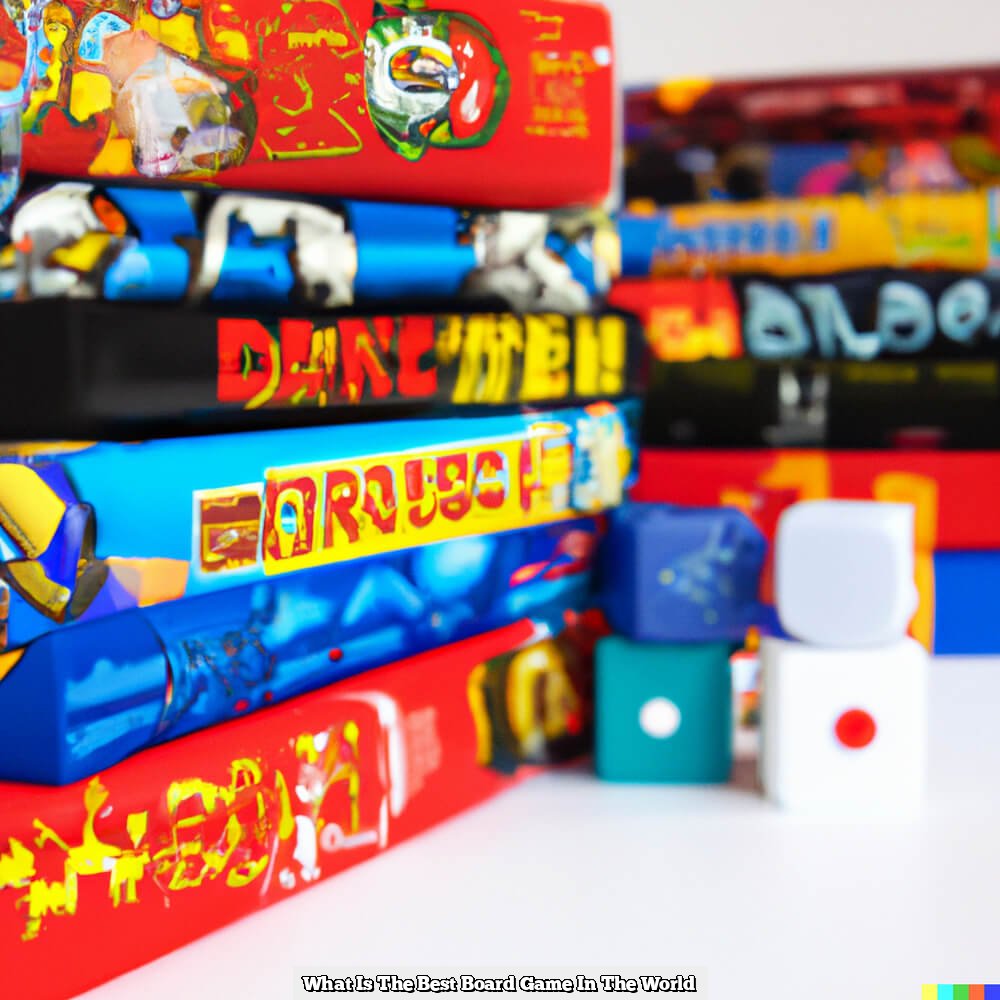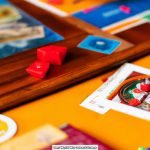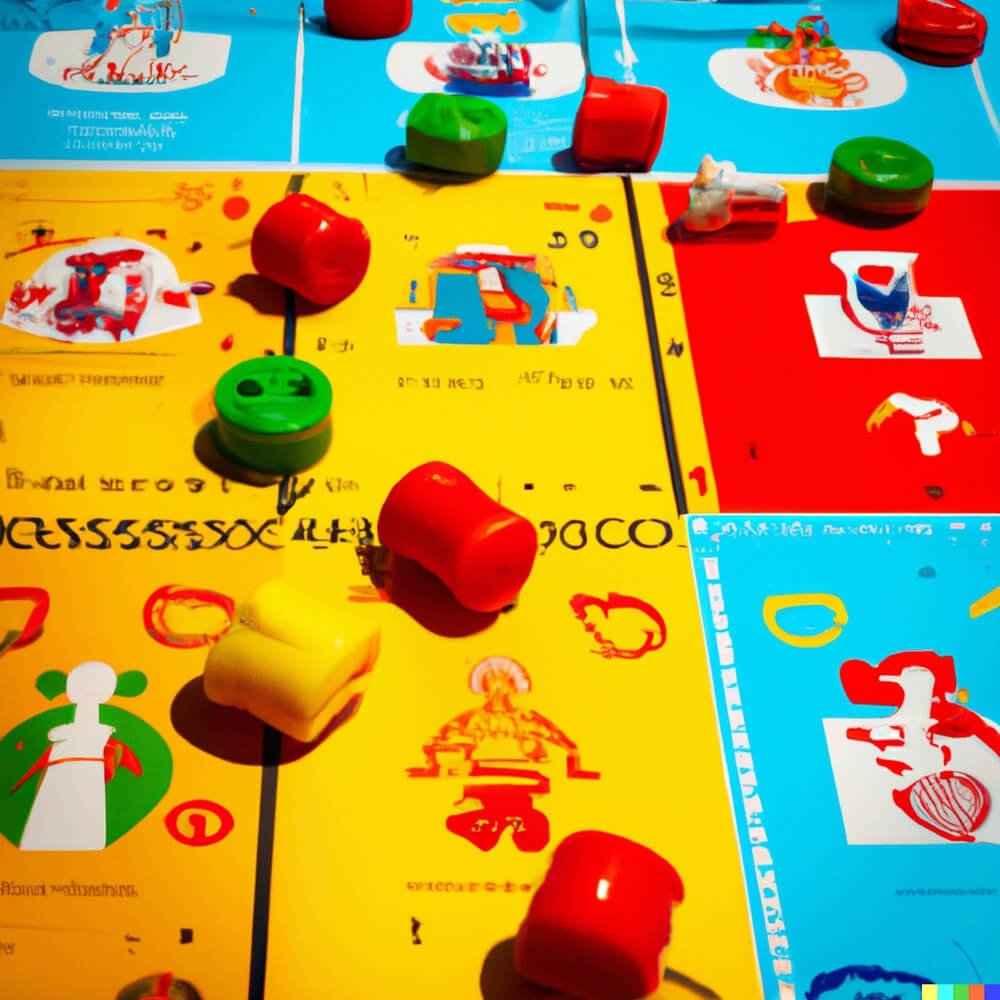Introduction
Creating and playing a World War 2 Board Game is an incredibly unique and rewarding experience. Not only can it bring friends and family together as they learn history in a fun and interactive way, but it can foster a deeper understanding of the pivotal events of World War II. With so much to discover, the board game could bring the war alive to new generations that might otherwise never fully appreciate its importance. Players will be able to interact with the strategies and choices held by leaders during this crucial time in world history: their unique strategies, strategies of allies and enemies, their use of supplies or armaments, or even key elements like espionage and psychological warfare. Moving pieces on the board as these forces coalesce offers a fascinatingly real point-of-view into one of the most significant conflicts in modern history.
Research
Research is the first step in making a World War 2 board game. Historical records and primary sources can be an excellent source of information to make your game as accurate as possible. Start researching by visiting a local museum, library, or talking to an expert. Other resources available could include books about the history of World War II, autobiographies from war veterans, and interviews with former prisoners of war. Additionally, popular history websites like History Extra may provide interesting facts that you can incorporate into your game’s design. Studying timelines, maps and stories from survivors are also key to understanding the nuances of the conflict and expressions of bravery during the war. With research in hand, you can then begin designing your World War 2 board game that will capture the essence of this momentous period in history.
Board Selection
Modular boards allow for a more customizable game. By using modular boards, you can easily add additional components such as custom tokens, cards, dice, and other materials. This will enable players to change the gameplay to their tastes such as creating custom objectives or changing the layout of the board itself. You could also provide a variety of different boards, allowing each game session to be tailored with various scenarios and objectives.
Tokens – You’ll want to make sure you have enough pieces and tokens that represent different units in the war, including infantry, tanks and artillery. Depending on the complexity of your game you might also need special units such as submarines and battleships.
Cards – Introducing cards into your boardgame gives it an extra element of chance as well as strategy. You could use cards that contain orders which must be executed by the opponent or can provide certain bonuses like power-ups during a certain turn. Cards may also be used as off-board implements like air strikes or bombings from hidden units.
Dice – Dice are often used in world war 2 tabletop games because they add a bit of suspense and randomness when rolling for results. This could be anything from combat rolls determining the outcome of a battle between two armies, chances at receiving reinforcements or supplies, movement speed for troops when travelling across different types of terrain or any other type of rollable event depending on what kind of scenario is being played out in your game.
Map Creation
Creating the World War 2 Board Game Map may seem like an intimidating task at first, but with a little bit of patience and creativity it’s possible to make a map that’s both fun to explore and historically accurate. Here are some steps and tips that can help you design a great map:
1. Decide what area or theater your map should cover. Historical maps of World War 2 show Europe, East Asia and the Pacific Theater, as well as North Africa. You do not need to replicate existing maps but should instead use them for reference as needed.
2. Choose colors for your map design. Historically accurate colors can add a lot of dimension and interest to your board game map. Use colors like dark greens to signify land, blue for water, brown for deserts, etc..
3. Begin making the borders of the countries represented on your map. A ruler or drawing assist tool can be helpful to ensure that they’re straight and symmetric. Consider making rivers, islands and other geographical features as applicable too!
4. Label each country according to its historical name or any variation it went through during WW2 (e.g Axis-controlled parts of France would still be labeled as “France”). This will make it easier for players to navigate the game space more readily during gameplay sessions!
5. Utilize official wartime flags (or adapted versions) for each nation featured in your board game map by placing them inside the appropriate countries or territories on the board itself ” this will help further visually distinguish each area from one another during playtime.,
6 Finally Add in any roads, railroads, airfields or other relevant units required by ruleset contained within your Board game – though these shouldn’t play so much of a visual role however notable labeling them is definitely recommended .
Rules and Regulations
When making a World War 2 board game, it is important to consider the rules and regulations of play. This includes giving players a variety of ways to secure strategic advantages through resource management and different game strategies. For example, one strategy could be to try to secure control of vital resources needed for military production, such as oil, iron ore, nickel ore and rare earth minerals. Players should also have the ability to construct defensive fortifications and naval fleets in order to protect their holdings from attacks by the enemy. Additionally, guidelines should be established for attacking other players or for initiating diplomatic negotiations in order to avoid conflict or open up trade opportunities. On a macro level it may also be useful to add economic rules wherein players can issue bonds in order to finance production or research as well as allowing them to raise taxes on citizens or invest in industry or infrastructure. All these elements must be carefully balanced in order for playability across both novice players seeking an introduction into the complexities of WWII strategy and veteran gamers alike.
Token Selection
When selecting tokens, it is important to take into consideration the overall theme of the game. For a World War II-themed board game, consider using pieces that are symbolic of forces from the major countries involved in the conflict, such as miniature tanks, airplanes and submarines for the Allied Powers, and Nazi insignia for the Axis Powers. Additionally, there could be special bonus tokens like spy figures or saboteurs that players can choose to deploy in their strategic efforts. You may also choose to include extra token options like bombing tokens, medical tents or POW signs.
Verdict
Making a World War 2 board game is a great way to bring history to life and give people an interactive and engaging way to learn about this significant period. The game can be used for a variety of simulations, such as military campaigns, countries’ economic strategies, or even the consequences of particular political decisions.
To make your board game successful, it is important to consider the age range for players. Younger children can benefit from playing games with simpler mechanics designed around basic facts rather than strategy and tactics. Older players may be more interested in the overall planning of a military campaign or economic strategy.
Scenarios can be based on both real-life events or entirely fictional scenarios that require players to come up with creative solutions to real-world problems. For example, some scenarios could involve turning points in major battles such as El Alamein or Stalingrad, while other scenarios could also focus on decision making within international politics such as signing deals with allies or deciding how best to allocate resources between armies.
No matter what type of game you create, focusing on clear objectives and presenting historical content in an interesting manner are essential elements for creating a successful World War 2 board game.

I love playing all kinds of games – from classics like Monopoly to modern favourites like Ticket to Ride.
I created this blog as a way to share my love of board games with others, and provide information on the latest releases and news in the industry.





